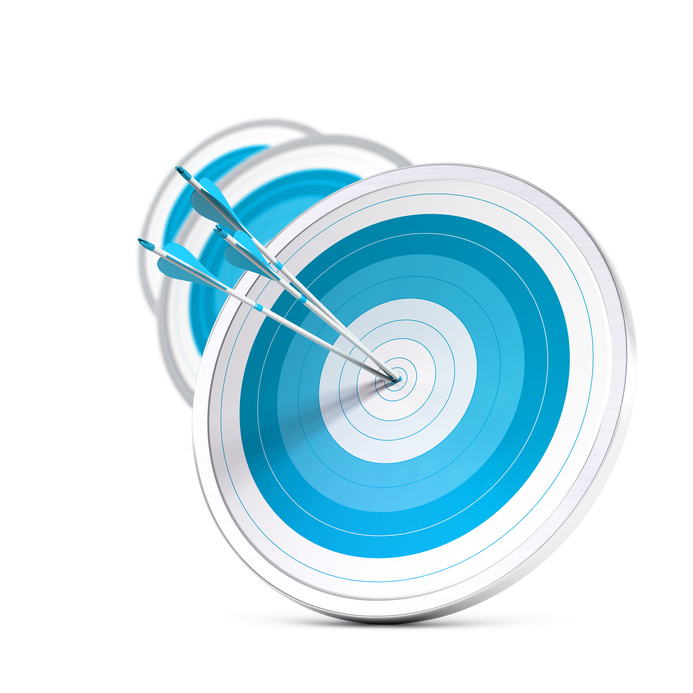
Everywhere you look, people are trying to reuse materials. Powdered metals are a prime example of this. Metals that are melted down have a wide variety of uses and can help reduce life cycle costs and increase design flexibility. For more information on the powdered metal process consult with a parts manufacturer.
The powder metal process traditionally involves four steps; powder manufacture, powder blending, compacting and sintering. Compacting is generally performed at room temperature and the elevated-temperature process of sintering is usually conducted at atmospheric pressure. Sintering and metal injection molding are the two main techniques used to form and consolidate the powder. The metal injection molding market is expected to have double digit growth through 2019.
Hand sieving is a simple technique for separating particles of different sizes. Sieving can be used to separate particles from liquids. Screens, or sieves, are useful for making a sharp cut in particle size distribution, especially in coarser materials. The process of filling up all the little openings in a screen is called blinding, and it causes a drastic reduction in the operational efficiency of a sifter.
Some of the best powder processing equipment includes the mold, a pressure mold and the machine delivering the pressure. Cohesive materials can be very difficult to screen on a traditional flat screen … they just stick to each other too much to percolate through the hole effectively, and they tend to block the openings instead of passing through. There are ways to ensure you can still finish your product. Adding energy to the screen in the form of ultrasonic vibrations can force smaller particles through the screen.
It is easy for manufacturers to use powdered metals. To provide processing cost quotations on your materials, tests are required. Once you learn the powder metal process, you will see how it can help your business.
Reference links.
